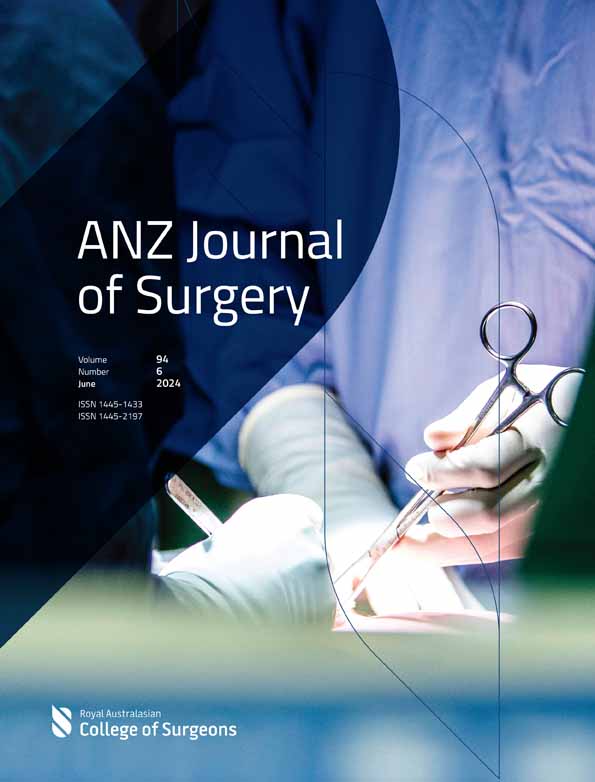Expanding urological services into regional Australia and reducing interhospital transfers: how the nurse practitioner can help
Abstract
Background
A visiting urology service has been in existence at Hamilton Base Hospital, Western Victoria, over the past 25 years, serving an unmet need. A Urology Nurse Practitioner (UNP) provides the care and management of urology patients working in close association with visiting urologists. We aim to assess the impact of the UNP's role in the delivery of regional urological care.
Methods
A retrospective analysis of medical records identified all clinical interventions by the UNP between January 2016 and December 2019. Each encounter was graded according to a clinical severity scale from grade 1 to 5 and assessed for UNP management of patients and the prevention of interhospital transfers.
Results
One hundred eighty-four patients with 654 individual assessments were identified for inclusion and classified according to the adapted clinical severity scale. Most interventions for category 3 and 4 patients related to major bleeding, catheter difficulties, and haemodynamic instability. A total of 19 patients whose urological issues would typically require interhospital transfer were able to be managed locally.
Conclusions
Transferring an acute patient from a regional to a tertiary hospital for specialist care is often necessary but not ideal for the patient and their family. The presence of a dedicated UNP in a regional centre is important for patient care and has an important role in preventing unnecessary transfers. This is a vital component of a visiting urological service to a rural community.
Conflicts of interest
None declared.




